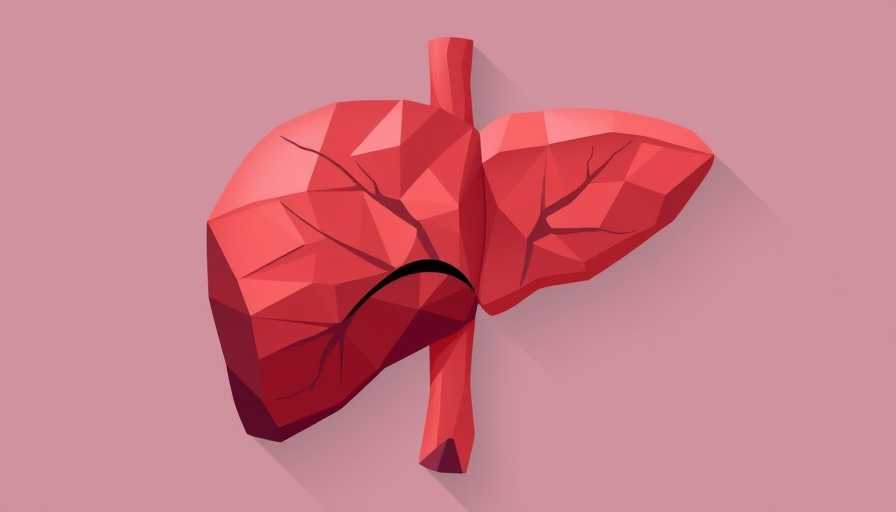
Understanding Hypoglycemia: What You Need to Know
As someone managing diabetes, understanding hypoglycemia—commonly referred to as low blood sugar—is crucial. This condition arises when blood glucose levels drop significantly, often below 70 mg/dL, leading to various symptoms ranging from mild irritability to severe disorientation. Particularly among individuals on insulin or certain diabetes medications, the risk of encountering hypoglycemic episodes can be notably higher.
Recognizing the Symptoms of Low Blood Sugar
Symptoms of low blood sugar can differ from person to person. While some might not notice any symptoms, others may experience a variety of signs including:
- Shakiness or feelings of jitteriness
- Excessive sweating
- Sudden hunger pangs
- Headaches or lightheadedness
- Difficulty in concentrating
- Heart palpitations
- Irritability or unusual aggression
Notably, some individuals may feel tingling or numbness in their extremities. Recognizing these symptoms is the first step in managing low blood sugar effectively.
Quick Action Plan for Treating Hypoglycemia
When faced with low blood sugar, having a quick action plan can make a significant difference. Here’s what you can do:
- Test Your Blood Sugar: Use your glucose meter, even if you wear a continuous glucose monitor (CGM). Testing confirms whether your levels are indeed low.
- Consume Fast-Acting Carbohydrates: This could be glucose tablets, candy, or juice—anything that can quickly raise your blood sugar levels. Aim to consume about 15 grams for a swift response.
- Recheck Your Blood Sugar: After 15 minutes, it’s pivotal to check your blood sugar again. If levels remain below your target, repeat the intake of fast-acting carbs.
- Follow Up with a Balanced Snack: Once your blood sugar stabilizes, follow up with a snack that includes protein and complex carbohydrates to prevent a subsequent drop.
It's vital to always carry a source of quick sugar with you as a preventive measure.
Recognizing Individual Needs and Settings
As a health-conscious individual in Central Ohio, it's important to connect with local health resources that can support your diabetes management. Consider joining local diabetes support groups or nutrition workshops. These can provide not only practical tips but also a community of understanding peers who are in the same boat.
Future Nutrition Insights: Empower Yourself
Nutrition plays a significant role in managing your blood sugar. Look beyond immediate fixes—consider how your overall diet influences your day-to-day glucose levels. Incorporating high-fiber foods, whole grains, and lean proteins into your meals aids in maintaining stable blood sugar levels. Planning meals ahead can help you avoid situations that lead to hypoglycemia.
Emotional Impact and Support Systems
Experiencing hypoglycemia can be quite distressing. For those navigating diabetes, it’s essential to address the emotional toll it can take. Engaging with local mental health resources or finding a counselor who specializes in chronic illness can enhance your psychological well-being. Remember, you're not alone in this journey; there are local support systems that can offer guidance and encouragement.
Take Control of Your Health!
Being proactive about your health means taking informed steps towards managing your diabetes effectively. Consult with your healthcare provider about personal action strategies and local resources available to you. Equip yourself with knowledge, maintain a healthy routine, and remember—small changes can lead to significant improvements in your well-being.
 Add Row
Add Row  Add
Add 




Write A Comment